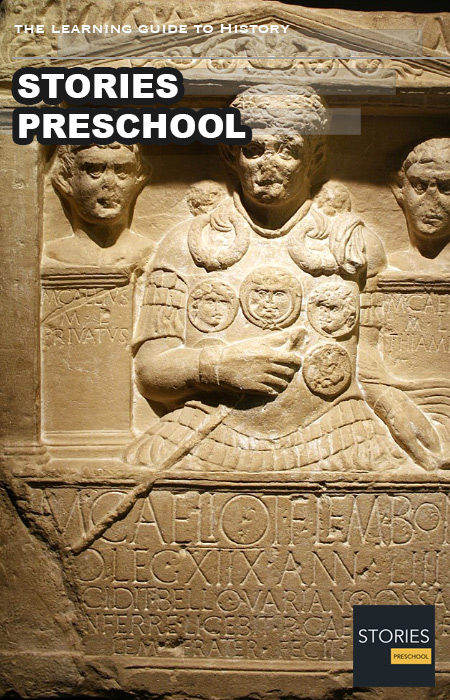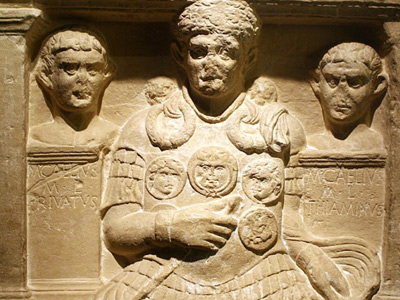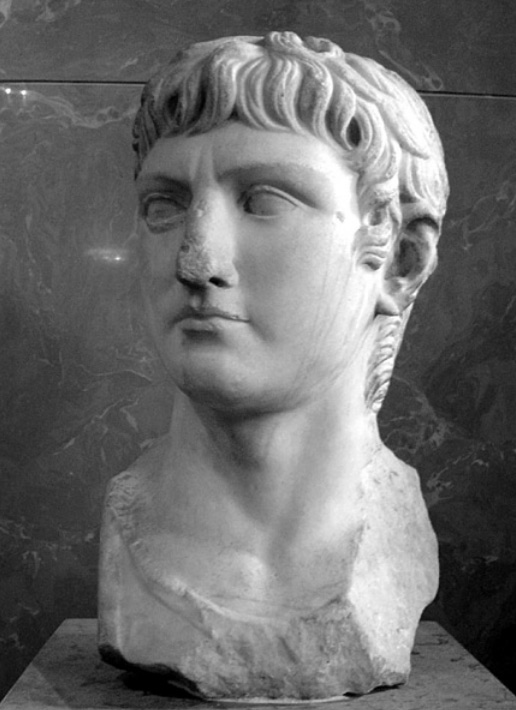Battle of the Teutoburg Forest (9 AD)
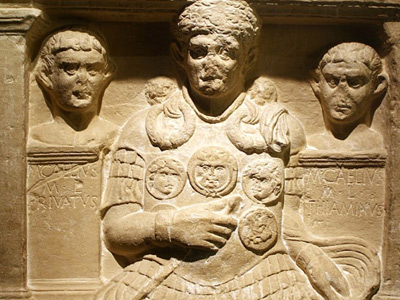
The Battle of the Teutoburg Forest, described as the Varian Disaster (Clades Variana) by Roman historians, took place in the Teutoburg Forest in 9 CE, when an alliance of Germanic tribes ambushed and decisively destroyed three Roman legions and their auxiliaries, led by Publius Quinctilius Varus. The alliance was led by Arminius, a Germanic officer of Varus' auxilia. Arminius had acquired Roman citizenship and had received a Roman military education, which enabled him to deceive the Roman commander methodically and anticipate the Roman army's tactical responses.
Despite several successful campaigns and raids by the Romans in the years after the battle, they never again attempted to conquer the Germanic territories east of the Rhine river. The victory of the Germanic tribes against Rome's legions in the Teutoburg Forest would have far-reaching effects on the subsequent history of both the ancient Germanic peoples and the Roman Empire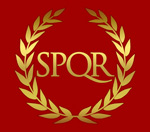 The Roman Empire was the post-Republican period of ancient Rome. As a polity, it included large territorial holdings around the Mediterranean Sea in Europe, North Africa, and Western Asia, and was ruled by emperors. The first two centuries of the Roman Empire saw a period of unprecedented stability and prosperity known as the Pax Romana ('Roman Peace'). The Empire was later ruled by multiple emperors who shared control over the Western Roman Empire and the Eastern Roman Empire.. Contemporary and modern historians have generally regarded Arminius' victory over Varus as "Rome's greatest defeat", one of the most decisive battles recorded in military history, and as "a turning-point in world history".
The Roman Empire was the post-Republican period of ancient Rome. As a polity, it included large territorial holdings around the Mediterranean Sea in Europe, North Africa, and Western Asia, and was ruled by emperors. The first two centuries of the Roman Empire saw a period of unprecedented stability and prosperity known as the Pax Romana ('Roman Peace'). The Empire was later ruled by multiple emperors who shared control over the Western Roman Empire and the Eastern Roman Empire.. Contemporary and modern historians have generally regarded Arminius' victory over Varus as "Rome's greatest defeat", one of the most decisive battles recorded in military history, and as "a turning-point in world history".
Site of the Battle
For almost 2,000 years, the site of the battle was unidentified. The main clue to its location was an allusion to the saltus Teutoburgiensis in section i.60–62 of Tacitus' Annals, an area "not far" from the land between the upper reaches of the Lippe and Ems Rivers in central Westphalia. During the 19th century, theories as to the site abounded, and the followers of one theory successfully argued for a long wooded ridge called the Osning, near Bielefeld. This was then renamed the Teutoburg Forest.
Late 20th-century research and excavations were sparked by finds by a British amateur archaeologist, Major Tony Clunn, who was casually prospecting at Kalkriese Hill (52°26′29″N 8°08′26″E) with a metal detector in the hope of finding "the odd Roman coin". He discovered coins from the reign of Augustus (and none later), and some ovoid leaden Roman sling bolts. Kalkriese is a village administratively part of the city of Bramsche, on the north slope fringes of the Wiehen, a ridge-like range of hills in Lower Saxony north of Osnabrück. This site, some 100 km north west of Osning, was first suggested by the 19th-century historian Theodor Mommsen, renowned for his fundamental work on Roman history.
Initial systematic excavations were carried out by the archaeological team of the Kulturhistorisches Museum Osnabrück under the direction of Professor Wolfgang Schlüter from 1987. Once the dimensions of the project had become apparent, a foundation was created to organise future excavations and to build and operate a museum on the site, and to centralise publicity and documentation. Since 1990 the excavations have been directed by Susanne Wilbers-Rost.
Excavations have revealed battle debris along a corridor almost 24 km (15 miles) from east to west and little more than a mile wide. A long zig-zagging wall of peat turves and packed sand had apparently been constructed beforehand: concentrations of battle debris in front of it and a dearth behind it testify to the Romans' inability to breach the Germans' strong defense. Human remains appear to corroborate Tacitus' account of the Roman legionaries' later burial. Coins minted with the countermark VAR, distributed by Varus, also support the identification of the site. As a result, Kalkriese is now perceived to be the site of part of the battle, probably its conclusive phase.
The Varusschlacht Museum und Park Kalkriese includes a large outdoor area with trails leading to a re-creation of part of the earthen wall from the battle and other outdoor exhibits. An observation tower, which holds most of the indoor exhibits, allows visitors to get an overview of the battle site. A second building includes the ticket center, museum store and a restaurant. The museum houses a large number of artifacts found at the site, including fragments of studded sandals legionaries lost, spearheads, and a Roman officer's ceremonial face-mask, which was originally silver-plated.
HISTORY
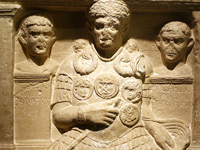
RESOURCES
This article uses material from the Wikipedia article "Battle of the Teutoburg Forest (9 AD)", which is released under the Creative Commons Attribution-Share-Alike License 3.0.
© Stories Preschool. All Rights Reserved.
